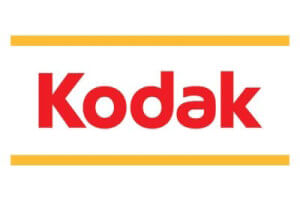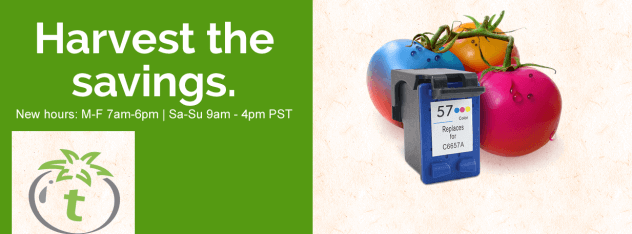KODAK SELLS OFF MAJOR ASSETS TO CONCENTRATE ON CORE BUSINESS
Kodak’s woes continue to deepen. The once giant film and camera company had actually developed the first digital camera and shelved it. Other players beat them to the market on that faulty decision and Kodak has been losing market share, influence and size ever since. The 131 year old firm filed for Chapter 11 bankruptcy in January of 2012 after years of red ink, and has been staying in business since then with a $950 million dollar financing deal from Citigroup.

DIGITAL IMAGING PATENTS ON THE BLOCK
They have been steadily selling off assets since then. Kodak is known more for their printer division now, but they hold a huge amount of patents. More than a 1000 patents dealing with digital imaging have been in talks for some period of time and recently sold for over $525 million.
Originally, Apple and Google were the main players for the patents, and they were considering making a joint bid for the patents after they had been fighting head to head. In the end, though, it was a group of 12 different companies that purchased the patents. This group did include Google and Apple, as well as Research in Motion (think Blackberry), Adobe, Microsoft and others.
The sale of these assets was particularly important to the efforts of Kodak to come out of Chapter 11 on schedule. They expect to emerge from bankruptcy sometime in 2013, but for that path to solvency to work they had to get over $500 million for the collection of patents, most of which were dealing with digital imaging.
The patents will be licensed to various companies, and the license fees will be split between members of the partnership.
OTHER DIVISIONS ALSO BEING SOLD
The strategy since 2003 has been to put more emphasis on printing technology, especially inkjet printers. Since the early 2000’s, Kodak has closed 13 manufacturing plants and reduced the workforce by over 45,000 people. Over a hundred processing labs have also been shut down.
Kodak is now aiming at a much smaller business model; they plan to concentrate almost exclusively on commercial printing and reel film for the movie business, but it is unclear how long that business will stay with film. It was thought that large press printing would take decades to switch to digital, but that proved to be untrue. If Kodak is not careful it could get caught out in the cold again.
Commercial printing is going digital faster than ever, though, and Kodak is positioned strongly for that market. The sweeping change to digital commercial printers began in Germany and Europe, and is now making its way across the waters. Commercial printing in the US is expected to shift to digital presses almost as quickly as Europe has, and Kodak and other print technology suppliers are ready for it.
Find cheap ink cartridges for your Kodak printer
It remains to be seen whether there will be a consumer camera and printer division left after Kodak finally emerges from bankruptcy. Printers are more of a possibility, simply because Kodak has put so much money into their inkjet lines and technologies since 2003.
2013 will be a pivotal year for this company which first opened its doors in 1880; if they haven’t made the right guesses, it could be the last year for them.

